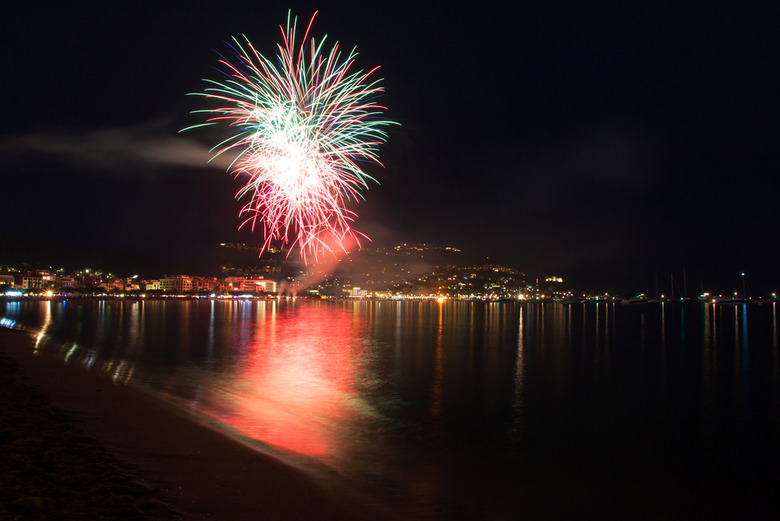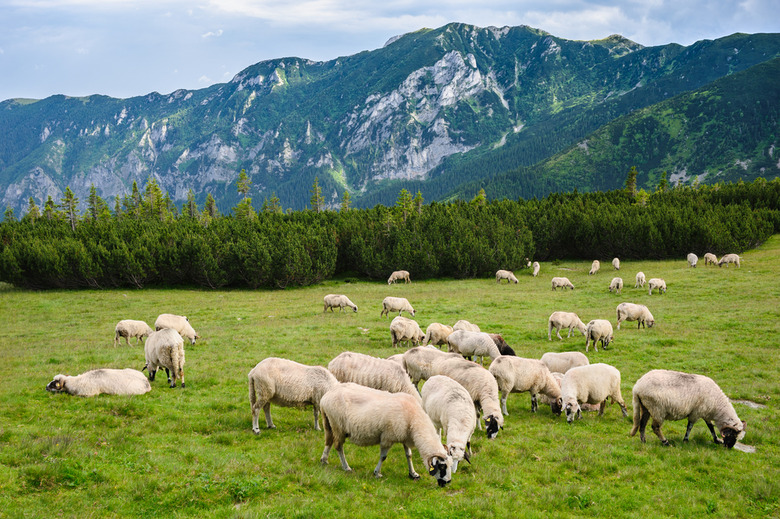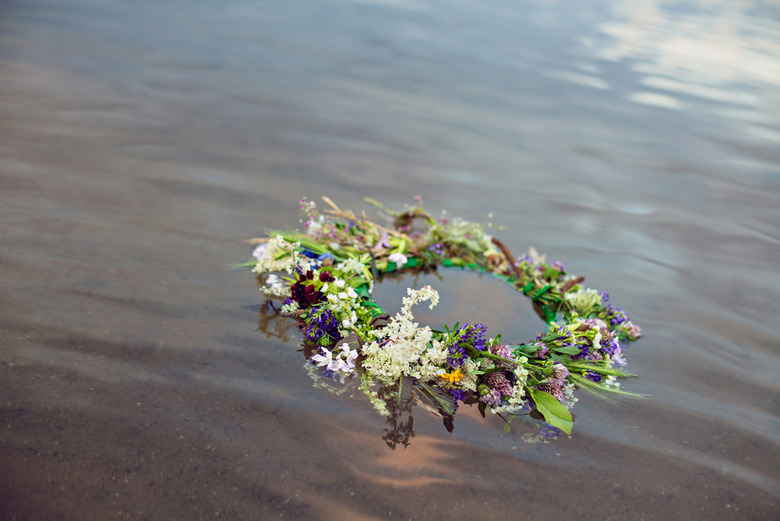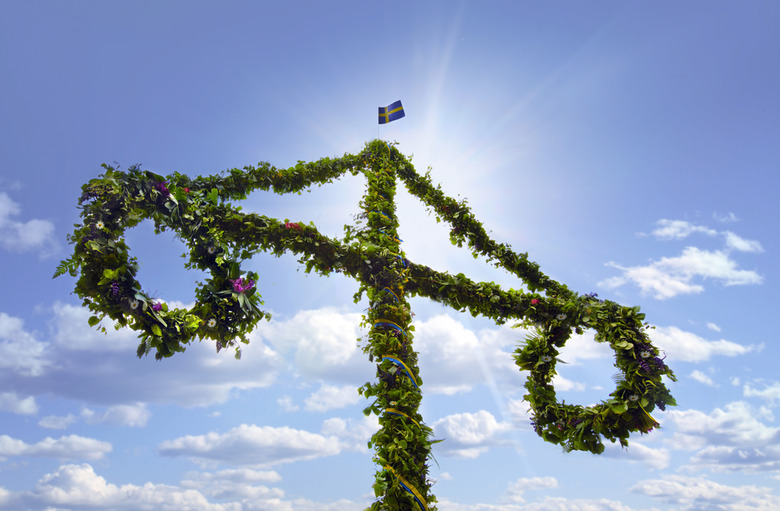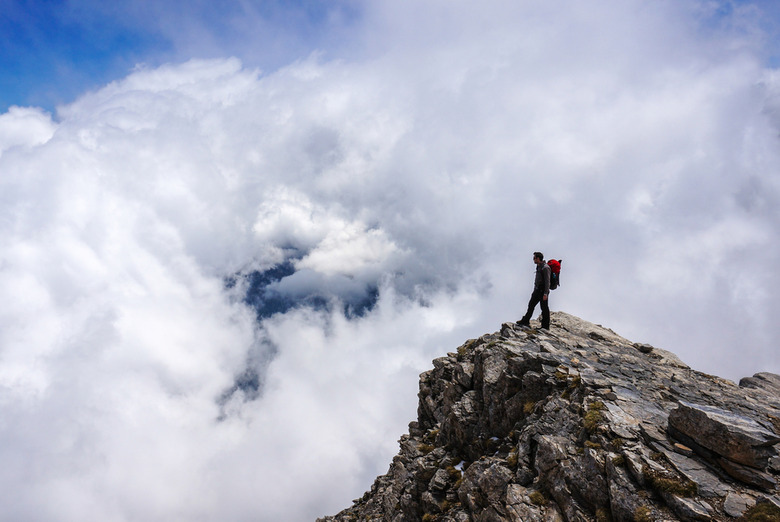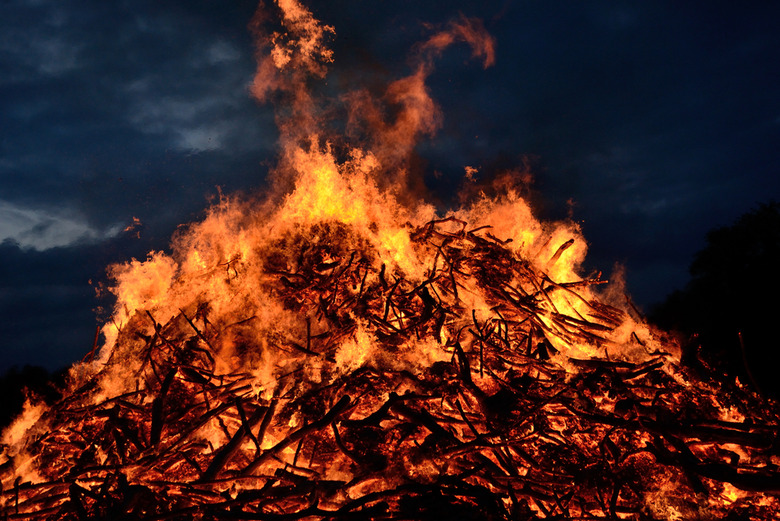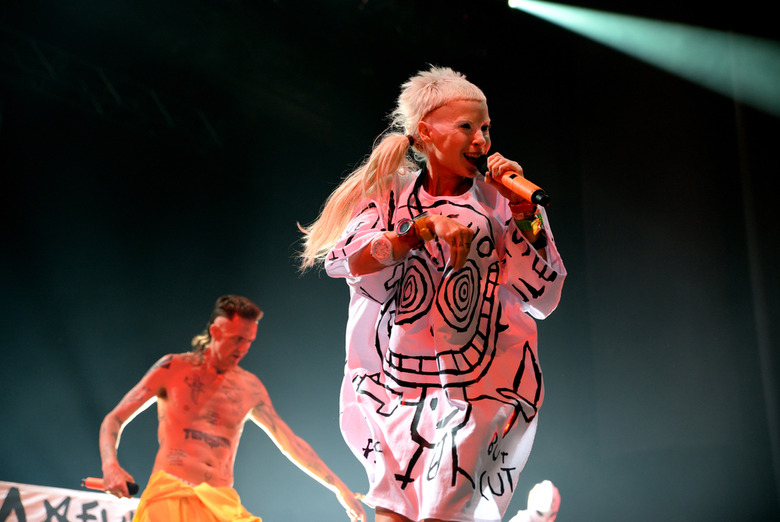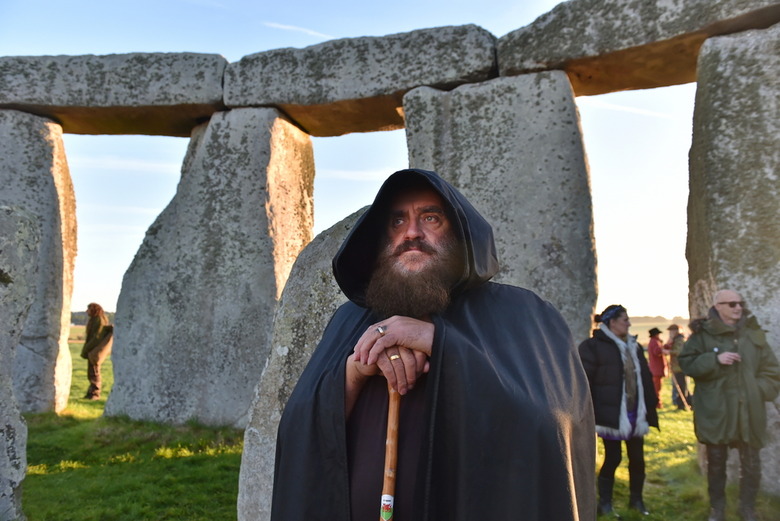Next Week It's Summer! Wild Ways The Solstice Is Celebrated Around The World (Slideshow)
On the evening of June 23rd (but often starting in the afternoon), the countries of Spain and Portugal both celebrate a festival known the Bonfires of Saint John (Spanish: "Hogueras de San Juan" / Portuguese: "Festa de São João do Porto"). Traditionally, bonfires are lit to protect against evil spirits that emerge when the sun turns southward again during the solstice. Since both countries have an ample amount of coastline, the celebrations often take place on beaches, and sometimes involve fireworks. Locals feast on pilchards (sardines), boiled potatoes, and maize bread, with queimada (a flaming concoction of orujo — Galician grappa — mixed with sugar, coffee beans, and fruit) as the drink of choice in Spain, and wine in Portugal. Like fire, water is also important to numerous rituals, like putting fennel, ferns, rosemary, St. John's wort, and other plants into a vessel with water, which is placed outside overnight. The next morning, on St. John's Day, people use the resulting flower water to wash their faces in a cleansing custom.
Drăgaica Fair, Romania
Held in Buzău, Romania, the Drăgaica Fair takes place annually sometime between June 10 and 24. It was initially a wool trading fair that occurred after each year's sheep shearing and lasted for three days; it has since expanded to a two-week-long celebration. The most notable activity during this time is the Hora Dragaicelor, a pagan ritual that involves a group of young girls wearing white dresses and bedstraw flower crowns who perform a rain dance around a central Drăgaica (or "bride") to ensure a year of good harvests.
Kupala Night, Various
Also known as Ivan Kupala Day, "Kupala Night" is celebrated in countries like Russia, Ukraine, Belarus, Poland, Estonia, Latvia (where it is known as "Jāņi Day"), and Lithuania every year in late June and early July. Although the name translates to "John the Baptist" in Slavic languages, this pagan fertility festival predates Christianity and was only later accepted into the Orthodox Christian calendar. As for rituals, the most notorious involves people jumping over bonfires in a show of both bravery and faith, and to cleanse themselves of illness and bad luck. Couples often make the jump hand-in-hand to prove their bond. Additionally, girls float wreaths of flowers (often lit with candles) on rivers for good relationship fortune, while men attempt to capture the wreaths. Ferns are especially symbolic during Kupala, as they signify prosperity, luck, discernment, and power.
Midsommar, Sweden
In the summer, the north of Sweden sees absolutely no darkness, and the south only sees an hour or two. To celebrate this, Sweden throws one of the biggest parties of the year: Midsommar (Midsummer). Falling on a Friday between June 19 and 25, Midsommar is celebrated with the lighting of bonfires, flower-picking, making wreaths, singing songs, and dancing — often around a maypole. Greenery is also placed over houses and barns to bring good fortune to both people and livestock. As for food, pickled herring is the dish of choice during Midsommar, served with boiled potatoes and fresh dill, sour cream, and chives. Spare ribs and salmon are also popular, as is a dessert of fresh strawberries and cream. To drink? Beer and spiced schnapps.
Although originally a pagan holiday, Midsommar is now celebrated by Christian Swedes as "St. John's Day."
Mount Olympus Trek, Greece
Climbing Mount Olympus — the highest mountain in Greece and the mythological home of the Greek gods — is a popular (but difficult) activity in the country, so what makes the summer solstice so special? Well, if you happen to do so on this day, you'll be part of a 2,500-year-old tradition. Don't worry though, most people don't ascend all 9,573 feet; instead, the second-tallest peak of Skolio (2,912 feet) is the more common destination. As some Greek calendars mark the first day of the year as the summer solstice, this event is also a sort of New Year's celebration.
Mountain Fires, Austria
In a tradition that originated during medieval times, each year Austrian locals build bonfires all along the rolling hillsides (especially in places like Tyrol and the Wilder Kaiser) to mark the longest day of the year. After the sun sets completely, the countless fires illuminate the mountains, and anyone with a good view will witness an almost mystical landscape unfolding before them. "Sacred Heart" fires are also lit in many Tyrolean villages around the same time, acting as the Christian equivalent of the aforementioned pagan rituals. This has been occurring since 1796, when locals united in battle against the French and Bavarians and lit fires on mountaintops to signify their allegiance. River cruises are available for those looking for an extra special solstice experience.
Secret Solstice Festival, Iceland
Although the idea of celebrating 72 hours of nonstop sunlight is nothing new to Icelanders, Reykjavik's Secret Solstice Festival itself has only been around since 2014. The event showcases a mix of new and established musicians over the course of three days, with a fun and festive Norse theme. This year will feature artists like Radiohead, Of Monsters and Men, Deftones, Die Antworrd, and an insanely-long list of other acts, along with additional side events like an "Into the Glacier" party and "Secret Lagoon Party." 3-day passes start around $200.
Stonehenge Summer Solstice, England
Come summer solstice, masses of people flock to Stonehenge in England before the sun even comes up. When daylight finally breaks, Earth's most important star rises directly above Stonehenge's "Heel Stone" (designed over 4,000 years ago) and the party begins. Since English Heritage implements a "managed open access" (free, but regulated) policy at Stonehenge every summer solstice, tens of thousands of modern-day Druids, pagans, and visitors of all kinds converge for the celebration, which involves singing, dancing, and general revelry.
